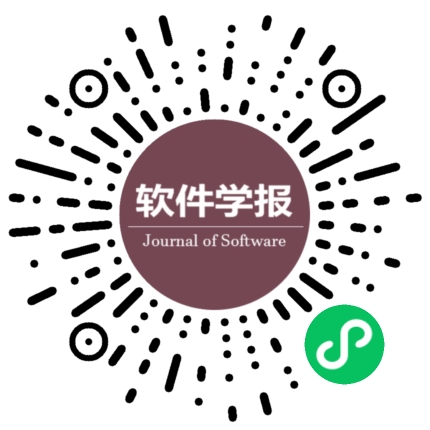两两比较模型的Why-not问题解释及排序
作者:
作者单位:
作者简介:
祁丹蕊(1997-),女,内蒙古赤峰人,硕士生,主要研究领域为数据清洗;宋韶旭(1981-),男,博士,副教授,博士生导师,CCF专业会员,主要研究领域为数据库;王建民(1968-),男,博士,教授,博士生导师,CCF高级会员,主要研究领域为数据库,工作流.
通讯作者:
宋韶旭,E-mail:sxsong@tsinghua.edu.cn
中图分类号:
基金项目:
国家重点研发计划(2016YFB1001101);国家自然科学基金(61572272,71690231)
Learning Pair-wise Relationship Models for Ranking Why-not Problem Explanations
Author:
Affiliation:
Fund Project:
National Key Research and Development Plan (2016YFB1001101); National Natural Science Foundation of China (61572272, 71690231)
引用本文
祁丹蕊,宋韶旭,王建民.两两比较模型的Why-not问题解释及排序.软件学报,2019,30(3):620-647
复制相关视频
分享
文章指标
- 点击次数:
- 下载次数:
- HTML阅读次数:
历史
- 收稿日期:2018-07-21
- 最后修改日期:2018-09-20
- 录用日期:
- 在线发布日期: 2019-03-06
- 出版日期:
文章二维码

您是第位访问者
版权所有:中国科学院软件研究所 京ICP备05046678号-3
地址:北京市海淀区中关村南四街4号,邮政编码:100190
电话:010-62562563 传真:010-62562533 Email:jos@iscas.ac.cn
技术支持:北京勤云科技发展有限公司
版权所有:中国科学院软件研究所 京ICP备05046678号-3
地址:北京市海淀区中关村南四街4号,邮政编码:100190
电话:010-62562563 传真:010-62562533 Email:jos@iscas.ac.cn
技术支持:北京勤云科技发展有限公司



